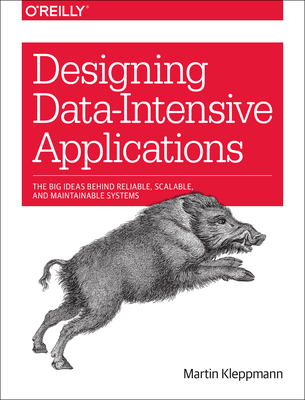Fast Track to Spring Framework 3.x and Spring Framework MVC/REST Training in Montgomery
|
We offer private customized training for groups of 3 or more attendees.
|
||
Course Description |
||
| This 5 day course is current with Spring 3.2, as well as earlier
versions. It includes complete coverage of the annotation based approach
to configuration, as well as coverage of the traditional XML - based
configuration that can still play an important role in existing and new
projects. Spring is a lightweight Java framework for building enterprise
applications. Its Core module allows you to manage the lifecycle of your
objects and the dependencies between them via configuration metadata
(either XML or annotations) and Dependency Injection / Inversion of
Control. Its advanced capabilities provide support for persistence
frameworks like Hibernate (DAO and ORM modules), Aspect - Oriented
Programming (AOP module), and integration with Java EE Web technologies,
security, transactions, and more. This course is current with Spring
3.2, as well as earlier versions. The course includes integration of
Spring with Java EE Web applications, and an introduction to Spring's
Web MVC. Spring MVC is a Web framework base d on the powerful Model -
View - Controller pattern, and the introduction covers the basics of
Spring MVC, and how it supports organizing your Web applications in a
highly structured, loosely coupled manner. The course now includes an
introduction to REST (Representational state transfer) principles, and
how to use Spring MVC to build RESTful services.
Course Length: 5 Days
Course Tuition: $2250 (US) |
||
Prerequisites |
|
| A good working knowledge of basic Java programming, interfaces, and JDBC. | |
Course Outline |
|
1. Introduction to Spring |
Course Directory [training on all levels]
- .NET Classes
- Agile/Scrum Classes
- AI Classes
- Ajax Classes
- Android and iPhone Programming Classes
- Azure Classes
- Blaze Advisor Classes
- C Programming Classes
- C# Programming Classes
- C++ Programming Classes
- Cisco Classes
- Cloud Classes
- CompTIA Classes
- Crystal Reports Classes
- Data Classes
- Design Patterns Classes
- DevOps Classes
- Foundations of Web Design & Web Authoring Classes
- Git, Jira, Wicket, Gradle, Tableau Classes
- IBM Classes
- Java Programming Classes
- JBoss Administration Classes
- JUnit, TDD, CPTC, Web Penetration Classes
- Linux Unix Classes
- Machine Learning Classes
- Microsoft Classes
- Microsoft Development Classes
- Microsoft SQL Server Classes
- Microsoft Team Foundation Server Classes
- Microsoft Windows Server Classes
- Oracle, MySQL, Cassandra, Hadoop Database Classes
- Perl Programming Classes
- Python Programming Classes
- Ruby Programming Classes
- SAS Classes
- Security Classes
- SharePoint Classes
- SOA Classes
- Tcl, Awk, Bash, Shell Classes
- UML Classes
- VMWare Classes
- Web Development Classes
- Web Services Classes
- Weblogic Administration Classes
- XML Classes
- RED HAT ENTERPRISE LINUX SYSTEMS ADMIN II
8 December, 2025 - 11 December, 2025 - Object-Oriented Programming in C# Rev. 6.1
17 November, 2025 - 21 November, 2025 - Python for Scientists
8 December, 2025 - 12 December, 2025 - ASP.NET Core MVC (VS2022)
24 November, 2025 - 25 November, 2025 - Introduction to Spring 6, Spring Boot 3, and Spring REST
15 December, 2025 - 19 December, 2025 - See our complete public course listing
Java Programming Uses & Stats
|
Difficulty
|
Popularity
|
Year Created 1995 |
|
Pros
Most Commonly Used:
Great Career Choice:
Android Apps Development:
It Can Run On Any Platform:
Great Supporting IDE's: |
Cons
Uses a Lot of Memory:
Difficulty in Learning:
Slow Start Up Times:
Verbose and Complex Code:
Commercial License Cost: |
| Java Programming Job Market |

Average Salary
|

Job Count
|

Top Job Locations
New York City |
|
Complimentary Skills to have along with Java Programming
- If you are an experienced Java developer, learning a complimentary language to Java should come much more naturally. As an example JetBrains recently created the Kotlin programming language which is officially supported by Google for mobile development. Kotlin compiles to Java bytecode and runs on the JVM; it's purported to address many of Java's shortcomings... |






